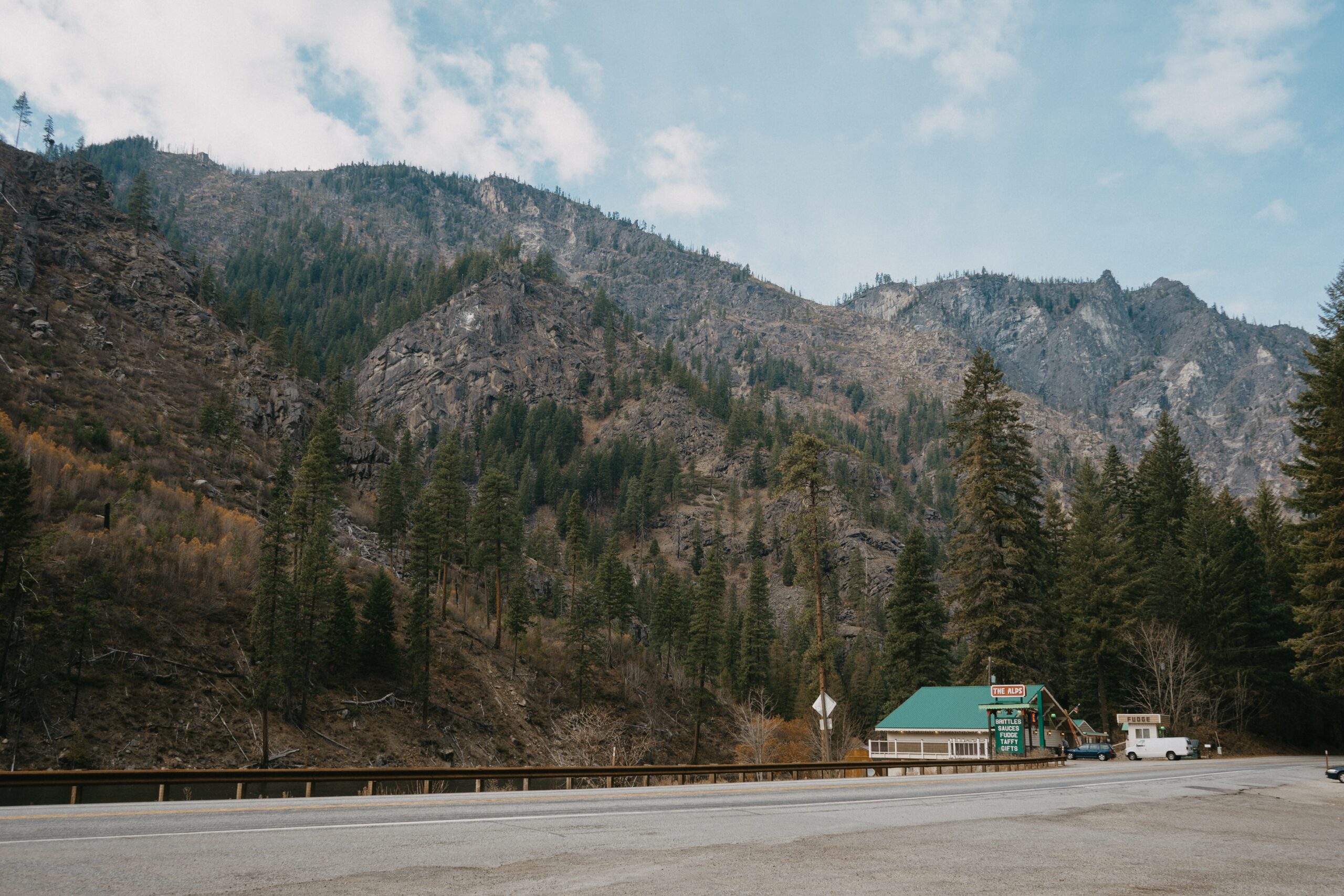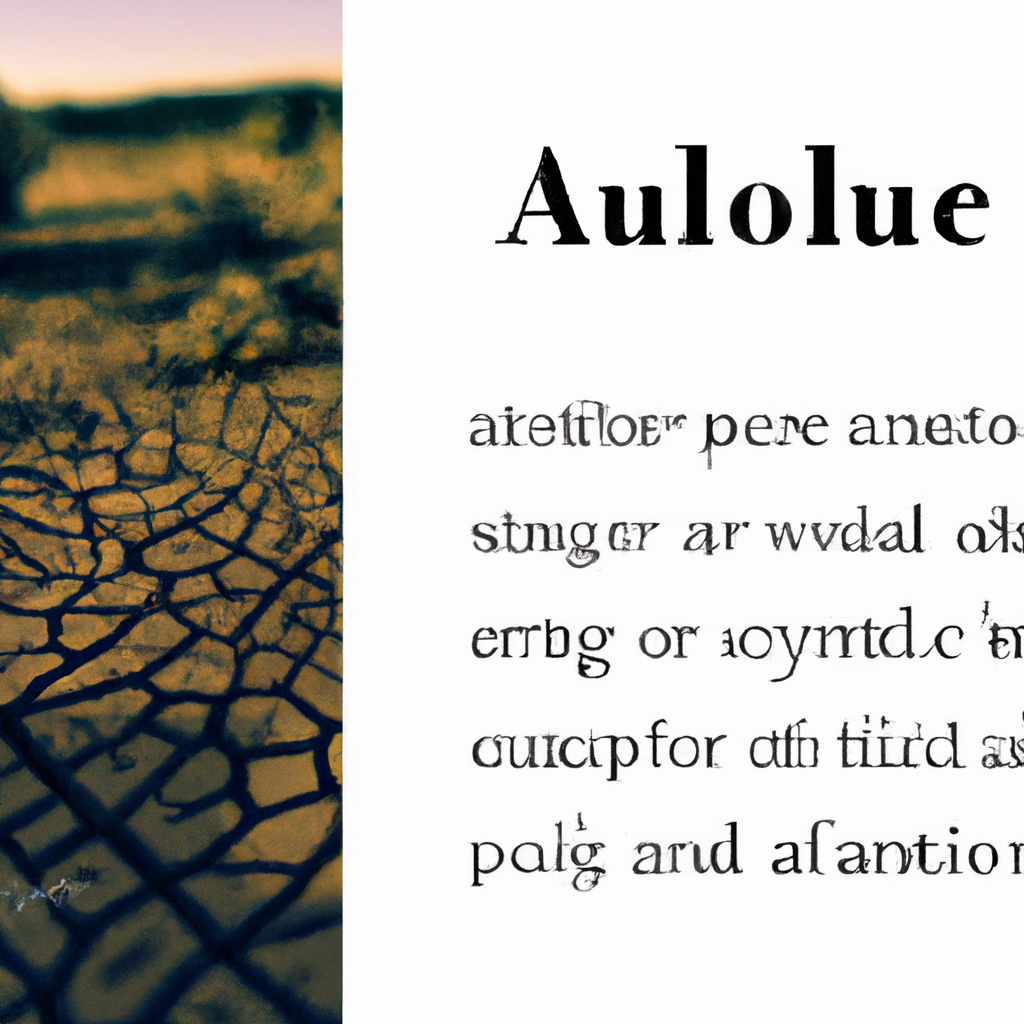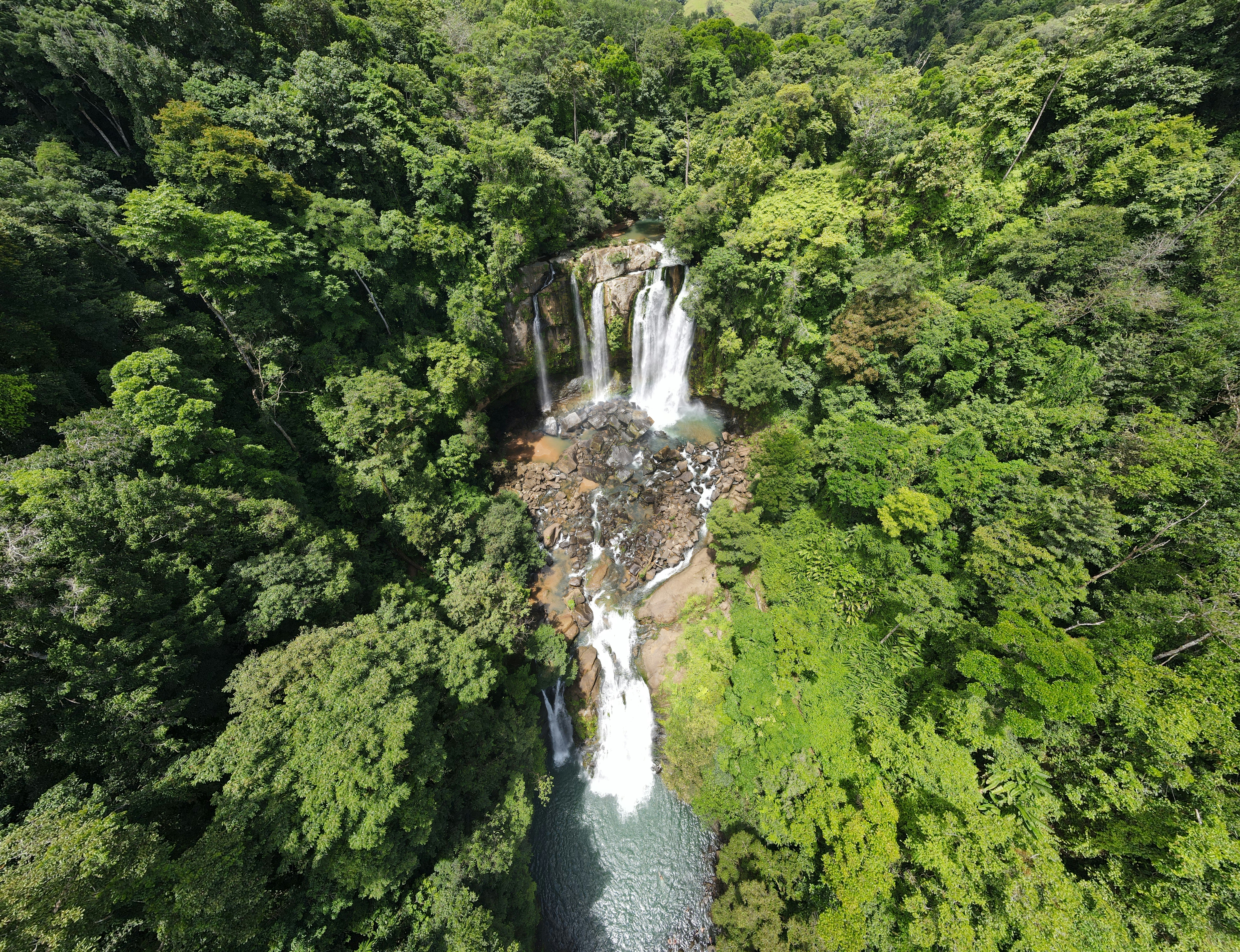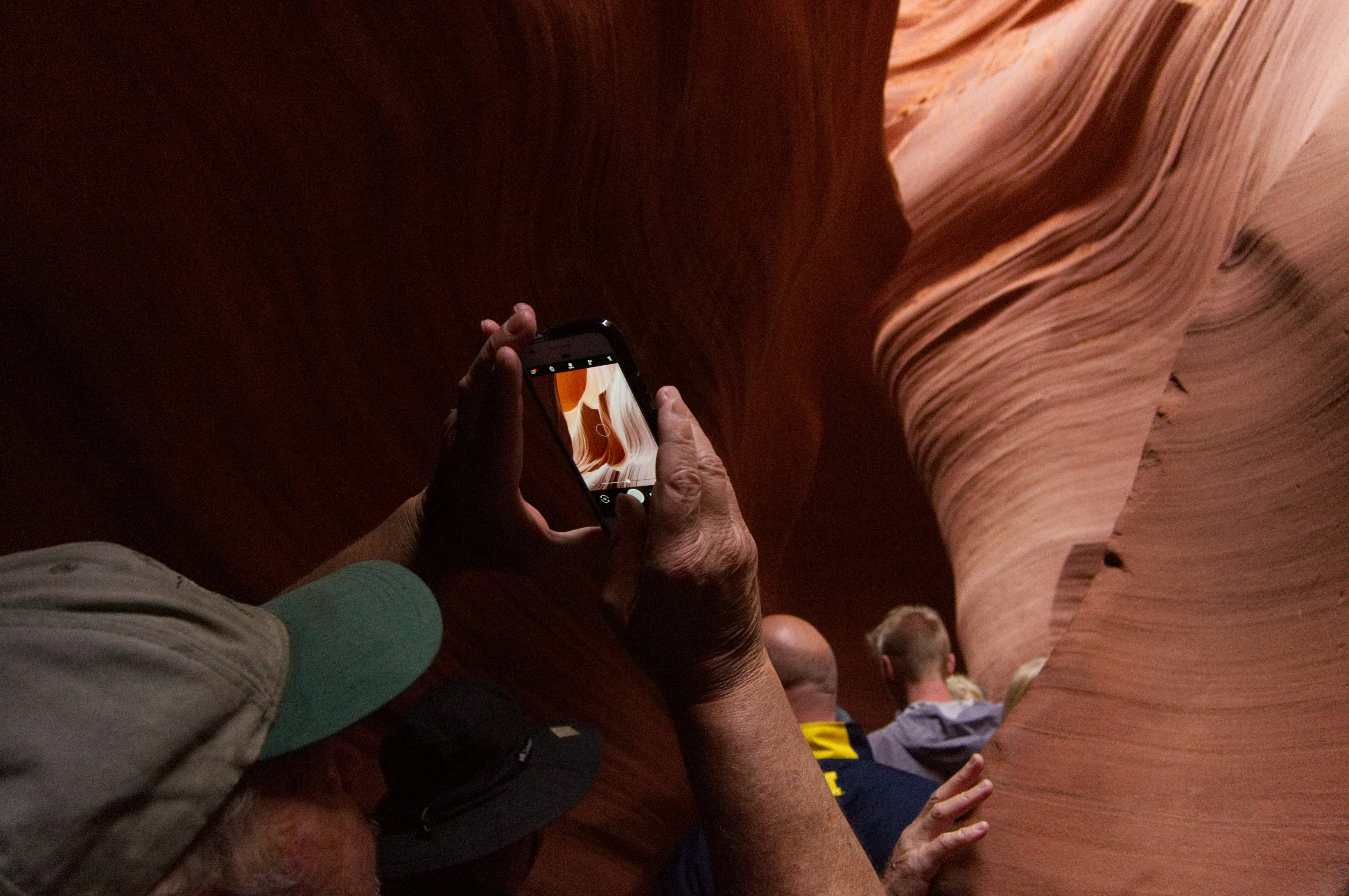
What Are The Best Practices For Responsible Wildlife Tourism?
Have you ever wondered about the best practices for responsible wildlife tourism? Whether you’re an avid traveler or someone planning their dream vacation, it’s important to consider the impact of your choices on the environment and the animals who call it home. In this article, we will explore some key practices that can help ensure ethical and sustainable wildlife tourism experiences. From respecting animal habitats to supporting local conservation efforts, discover how you can make a positive difference while enjoying the beauty of nature.
Conservation and Education
Supporting local conservation efforts
When it comes to responsible wildlife tourism, one of the most important aspects is ensuring the conservation of the local ecosystem and wildlife. By supporting local conservation efforts, you can actively contribute to the protection and preservation of the natural environment. This can be done through various means such as donating to conservation organizations, volunteering for conservation projects, or participating in citizen science initiatives. By actively engaging with these organizations, you can join hands with local communities to make a significant impact on the welfare of wildlife.
Providing accurate and informative education
Education plays a vital role in promoting responsible behavior towards wildlife. By providing accurate and informative education to tourists, we can create awareness about the importance of conservation and the need to respect wildlife. This can be done through guided tours, educational workshops, and informative signage. Understanding the behaviors, habitats, and ecological significance of local wildlife can help tourists form a deeper connection with nature and make informed decisions during their visits.
Promoting responsible behavior towards wildlife
Promoting responsible behavior towards wildlife is crucial in ensuring their welfare and protection. Avoiding direct contact with wildlife is of utmost importance as it can disturb their natural behaviors and habitats. By observing animals from a safe distance, we can appreciate their beauty without causing harm. Additionally, it is important to avoid overcrowding and excessive noise when visiting natural habitats. This helps to minimize stress and disturbance for the animals, allowing them to thrive in their natural environment.
Respecting Animal Welfare
Avoiding direct contact with wildlife
Direct contact with wildlife should always be avoided. Whether it’s feeding, touching, or interacting with wild animals, these actions can lead to negative consequences for both the animals and the tourists. Animals can become dependent on humans, lose their natural instincts, or even suffer injuries. It’s essential to remember that these animals are wild and should be respected as such. By observing animals from a safe distance, we can appreciate their beauty in their natural habitats without disrupting their way of life.
Observing animals in their natural habitat
One of the best ways to experience wildlife is by observing them in their natural habitat. This allows us to witness their natural behaviors, interactions, and daily routines. By doing so, we can gain a deeper understanding and appreciation for their lives without causing harm or disturbance. It is important to remember that wildlife should never be disturbed or pursued to get a closer look. Instead, following ethical guidelines and respecting boundaries will ensure a positive and responsible wildlife tourism experience.
Avoiding overcrowding and excessive noise
Overcrowding and excessive noise can have detrimental effects on wildlife. When visiting natural habitats, it is important to be mindful of not overwhelming the animals with large crowds or excessive noise. These factors can lead to stress, disturbance, and even abandonment of habitats. By being respectful of the animals and their environment, we can help protect their well-being. Choosing wildlife destinations that implement visitor limits and actively manage crowd control can significantly contribute to minimizing the impact on wildlife behavior and habitats.
Choosing Wildlife-Friendly Tour Operators
Researching and selecting reputable tour operators
Choosing the right tour operator is essential for responsible wildlife tourism. It is important to research and select reputable tour operators who prioritize the welfare and conservation of wildlife. Look for operators that have a strong commitment to sustainable practices, employ knowledgeable guides, and adhere to ethical guidelines. Reading reviews and testimonials from previous customers can also provide insights into the operator’s commitment to responsible tourism and wildlife conservation.
Ensuring adherence to ethical guidelines
Ethical guidelines exist to ensure the well-being and protection of wildlife. When selecting a wildlife tour operator, it is crucial to ensure that they adhere to these guidelines. These guidelines may include maintaining a safe distance from animals, limiting the number of visitors, and respecting wildlife behavior and habitats. By choosing operators who strictly follow these guidelines, you can contribute to the responsible tourism industry and actively support wildlife conservation efforts.
Supporting local communities and economies
Responsible wildlife tourism goes beyond just the protection of wildlife. It also involves supporting local communities and economies. Choosing tour operators that have strong ties to the local community and actively contribute to their well-being can make a positive impact. By supporting local businesses, livelihoods are sustained, and communities are empowered. This, in turn, helps to build a stronger foundation for conservation efforts, as locals become more invested in protecting their natural resources.
Minimizing Environmental Impact
Reducing waste and litter
Minimizing environmental impact is crucial for responsible wildlife tourism. One way to achieve this is by reducing waste and litter. Responsible tourists should always carry a litter bag and dispose of waste properly. This includes picking up any trash, even if it is not your own, to ensure the preservation of the natural environment for both wildlife and future generations. By minimizing waste and litter, we can contribute to the overall cleanliness and sustainability of wildlife habitats.
Using eco-friendly transportation methods
Transportation plays a significant role in the environmental impact of wildlife tourism. Opting for eco-friendly transportation methods, such as walking, cycling, or using electric vehicles, can help reduce carbon emissions and minimize the disturbance caused by noise and pollution. If traveling long distances, consider choosing airlines that have a strong commitment to sustainability and offsetting their carbon emissions. By making conscious choices about transportation, we can ensure that our wildlife tourism practices align with responsible and sustainable values.
Respecting and protecting natural habitats
Respecting and protecting natural habitats is essential for responsible wildlife tourism. Any disruption or damage to these habitats can have severe consequences for the wildlife that depends on them. As responsible tourists, we must stay on designated paths and trails to minimize disturbance and prevent habitat degradation. Avoiding activities such as off-roading, littering, or starting fires in natural areas is crucial to preserving the integrity of these habitats. By respecting and protecting natural habitats, we can contribute to the overall well-being and conservation of wildlife.
Supporting Local Communities
Engaging in community-based tourism
Engaging in community-based tourism is a fantastic way to support local communities while enjoying responsible wildlife tourism. This type of tourism involves working directly with local communities, allowing them to benefit from the tourism industry while still maintaining their cultural identity and traditions. By engaging in activities such as homestays, cultural experiences, or purchasing locally made crafts, we can directly contribute to the economic growth and development of these communities.
Supporting local businesses and livelihoods
When participating in responsible wildlife tourism, it is essential to support local businesses and livelihoods. This can be done by choosing accommodations, restaurants, and transportation services that are locally owned and operated. By supporting local businesses, we can help stimulate the local economy, create jobs, and empower the community. Additionally, purchasing souvenirs or handicrafts from local artisans can further provide financial support to the local community.
Respecting local customs and traditions
Respecting local customs and traditions is key to responsible wildlife tourism. Each destination has its own unique cultural heritage that should be respected and valued. By familiarizing yourself with local customs, traditions, and etiquette, you can ensure that your behavior as a tourist is culturally sensitive and appropriate. This not only enhances your experience but also promotes mutual respect between tourists and the local community.
Engaging in Responsible Photography
Maintaining a safe distance from animals
Responsible photography is crucial in ensuring the well-being and safety of wildlife. Maintaining a safe distance from animals is essential to prevent stress, disturbance, or any potential harm to the animals. Using telephoto lenses or binoculars allows you to capture close-up shots without compromising the animal’s natural behavior and habitat. By respecting the boundaries and privacy of the animals, we can capture stunning photographs while promoting ethical and responsible wildlife tourism.
Avoiding the use of flash photography
Flash photography can have a negative impact on wildlife, especially nocturnal animals and birds. The bright light from the flash can startle and disorient them, potentially leading to accidents or injuries. It is crucial to avoid using flash photography, particularly in close proximity to wildlife. Instead, rely on natural lighting or low-light photography techniques to capture beautiful and authentic photos without causing harm to the animals.
Respecting photography guidelines and regulations
Many wildlife destinations have specific photography guidelines and regulations in place to protect the welfare of the animals. It is important to familiarize yourself with these guidelines and strictly adhere to them. These guidelines may include restrictions on drone usage, limitations on camera equipment, and designated photography zones. By respecting these guidelines, we can ensure that our photography practices align with responsible and ethical wildlife tourism.

Contributing to Conservation Efforts
Donating to wildlife conservation organizations
One of the most effective ways to contribute to conservation efforts is by donating to wildlife conservation organizations. These organizations play a crucial role in protecting and preserving wildlife and their habitats. By donating, even small amounts, you can actively support their initiatives and contribute to wildlife conservation on a broader scale. Research reputable conservation organizations that align with your conservation values and make a positive impact with your financial contributions.
Volunteering for conservation projects
For those looking for a more hands-on approach, volunteering for conservation projects can be a rewarding and impactful experience. Many organizations offer volunteer opportunities that involve activities such as habitat restoration, wildlife monitoring, or research projects. By dedicating your time and skills, you can actively contribute to conservation efforts and make a tangible difference in protecting wildlife. Volunteering also provides invaluable learning experiences and allows for personal growth in the realm of wildlife conservation.
Participating in citizen science initiatives
Citizen science initiatives are a great way for individuals to actively contribute to wildlife conservation efforts. These initiatives involve the collection of scientific data by volunteers, which assists researchers and conservationists in understanding and monitoring wildlife populations and ecosystems. By participating in citizen science projects, you can contribute your observations, photographs, or research skills to ongoing projects and help make a significant impact on wildlife conservation.
Promoting Sustainable Travel Practices
Offsetting carbon emissions
Offsetting carbon emissions is an essential step towards promoting sustainable travel practices. Many airlines, travel organizations, and websites offer carbon offset programs that allow you to neutralize the carbon emissions generated by your travel. By investing in carbon offset projects such as reforestation or renewable energy initiatives, you can compensate for the environmental impact of your travels and contribute to global efforts in reducing carbon emissions.
Choosing eco-friendly accommodations
Choosing eco-friendly accommodations is another way to promote sustainable travel practices. Look for accommodations that prioritize energy efficiency, waste management, and water conservation. Consider staying in eco-lodges or hotels that have implemented sustainable practices such as solar power, rainwater harvesting, or eco-friendly toiletries. By consciously selecting accommodations that align with responsible and sustainable values, you can actively contribute to the overall reduction of your environmental impact.
Reducing single-use plastics
Reducing the usage of single-use plastics is crucial for responsible wildlife tourism. Plastics, such as water bottles, bags, or straws, are a major source of pollution and pose a significant threat to wildlife. By carrying a reusable water bottle, using cloth or reusable bags, and avoiding single-use plastics whenever possible, you can contribute to minimizing environmental pollution and protecting wildlife habitats. Small changes in our daily habits as tourists can have a significant positive impact on the environment.

Understanding and Respecting Local Wildlife
Learning about local ecosystems and species
Understanding local ecosystems and species is essential for responsible wildlife tourism. Research and familiarize yourself with the indigenous wildlife, their behaviors, and the ecosystems they inhabit before visiting a destination. Knowledge about the local flora and fauna enhances the overall experience by allowing you to appreciate the interconnections and importance of each species. By understanding the delicate balance of these ecosystems, you can ensure that your actions as a tourist align with responsible and ethical practices.
Respecting wildlife behavior and habitats
Respecting wildlife behavior and habitats is vital for their well-being and protection. As visitors, it’s important to observe wildlife from a safe distance and to avoid disrupting their natural behaviors and habitats. It is crucial to remember that we are just guests in their home, and it is our responsibility to ensure their survival and conservation. By respecting wildlife behavior and habitats, we can contribute to the preservation of their natural lifestyles and promote responsible wildlife tourism.
Avoiding disturbance or interference
To maintain the well-being of wildlife, it is important to avoid any form of disturbance or interference. This includes refraining from loud noises, excessive movement, or actions that may startle or disrupt the animals. Activities such as chasing or attempting to feed animals should be strictly avoided, as they can have severe consequences for their behavior and overall health. By being conscious of our presence and actions, we can minimize disturbance and interference, allowing wildlife to thrive undisturbed.
Staying Informed and Educated
Keeping up with current conservation issues
Staying informed about current conservation issues is vital for responsible wildlife tourism. By keeping up to date with the latest news, research, and conservation efforts, you can gain a better understanding of the challenges faced by wildlife and their habitats. This knowledge allows you to make informed decisions as a responsible tourist and actively support initiatives that address these issues. Engage in discussions, follow conservation organizations, and read reputable sources to stay informed and advocate for wildlife conservation.
Learning from experts and conservationists
Learning from experts and conservationists is a valuable source of knowledge and inspiration for responsible wildlife tourism. Attend workshops, seminars, or guided tours led by knowledgeable guides and experts in the field. These individuals can provide invaluable insights into the behaviors, habitats, and conservation efforts surrounding local wildlife. By learning directly from those dedicated to wildlife conservation, you can further your understanding and appreciation for wildlife, while also gaining the necessary skills to actively contribute to responsible tourism.
Supporting ongoing research initiatives
Supporting ongoing research initiatives is a significant way to contribute to responsible wildlife tourism. Many researchers and conservationists rely on public support to fund their projects and continue their efforts in protecting wildlife. By making financial contributions to research initiatives or participating in citizen science projects, you can actively support the ongoing scientific research and data collection necessary for effective wildlife conservation. Supporting research initiatives helps to drive change and cultivate a deeper understanding of wildlife, encouraging responsible tourism practices.
By following these best practices for responsible wildlife tourism, you can make a positive impact on the conservation and well-being of wildlife. Remember to support local conservation efforts, respect animal welfare, choose wildlife-friendly tour operators, minimize environmental impact, support local communities, engage in responsible photography, contribute to conservation efforts, promote sustainable travel practices, understand and respect local wildlife, and stay informed and educated. By embracing these practices, we can ensure that our wildlife tourism experiences are not only enjoyable but also contribute to the long-term protection and sustainability of our planet’s incredible biodiversity.







